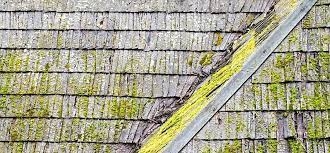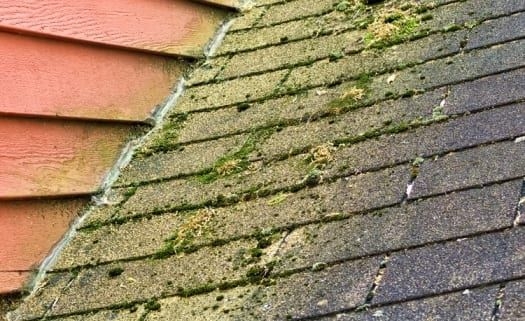The Science Behind Mold Formation Due to Roof Leaks

Mold is a persistent issue that plagues many homeowners, and one of the most common causes of mold growth is a leaky roof. If you've ever wondered, "Can a leaky roof cause mold?" the answer is a resounding yes. In this article, we'll delve into the science behind mold formation due to roof leaks and explore ways to prevent this unwelcome guest from invading your home.
Understanding Mold Growth
Mold is a type of fungus that thrives in damp and humid environments. It's a naturally occurring organism, and its spores are present virtually everywhere, both indoors and outdoors. The key to mold growth lies in the presence of moisture. When moisture is introduced into an environment, mold spores can begin to multiply and colonize.
Roof Leaks as a Source of Moisture
A leaky roof provides an ideal source of moisture for mold to flourish. When your roof has even a small leak, rainwater or melted snow can infiltrate your home's interior. This water can seep into your attic, walls, and ceilings, creating a damp environment that is conducive to mold growth.
The moisture from a roof leak creates the perfect breeding ground for mold spores that may already be present in your home. These spores can begin to germinate and form colonies on any surface they land on, including wood, drywall, insulation, and even your personal belongings.
The Role of Humidity
In addition to the moisture from a roof leak, indoor humidity levels play a critical role in mold formation. High humidity can exacerbate the problem by creating conditions that are even more favorable for mold growth. When warm, humid air encounters a cool surface, condensation can occur, providing additional moisture for mold to thrive.
The Science of Mold Colonization

Mold colonization is a fascinating process from a scientific perspective. Mold spores are microscopic, and they travel through the air. When they land on a suitable surface with adequate moisture, they begin to germinate and send out tiny threads called hyphae. These hyphae infiltrate the material they're growing on, secreting enzymes that break down the material to provide nutrients for the mold.
As the mold continues to grow and spread, it forms a visible colony, which can be seen as patches of discoloration on surfaces. This is when homeowners typically become aware of the mold problem.
Health Risks Associated with Mold
Mold isn't just unsightly; it can also pose health risks to you and your family. Mold spores release allergens and mycotoxins that can cause respiratory problems, allergic reactions, and other health issues. Individuals with asthma, allergies, or compromised immune systems are particularly vulnerable to the adverse effects of mold exposure.
Preventing Mold Formation Due to Roof Leaks
Preventing mold growth due to roof leaks is essential for maintaining a healthy living environment. Here are some steps you can take:
-
Regular Roof Maintenance: Schedule regular inspections of your roof to identify and repair any leaks promptly. Addressing leaks at their onset is crucial in preventing mold growth.
-
Proper Ventilation: Ensure that your home is well-ventilated, especially in areas prone to moisture buildup, such as bathrooms, kitchens, and basements. Proper ventilation helps reduce indoor humidity levels.
-
Control Indoor Humidity: Invest in a dehumidifier to maintain indoor humidity levels between 30% and 50%, which is less conducive to mold growth.
-
Prompt Cleanup: If you notice any signs of water damage or mold growth, address them immediately. Clean and dry affected areas thoroughly or consider consulting a professional mold remediation service.
-
Use Mold-Resistant Materials: When renovating or building, opt for mold-resistant materials such as mold-resistant drywall, paint, and insulation.
Conclusion
In answer to the question, "Can a leaky roof cause mold?" the science unequivocally says yes. Mold growth is a natural consequence of moisture intrusion, and a leaky roof is a common source of this moisture. Understanding the science behind mold formation due to roof leaks empowers homeowners to take proactive measures to prevent mold infestations and maintain a safe and healthy living environment. By addressing roof leaks promptly and controlling indoor humidity, you can keep mold at bay and ensure the well-being of your home and family.
- Industry
- Art
- Causes
- Crafts
- Dance
- Drinks
- Film
- Fitness
- Food
- Games
- Gardening
- Health
- Home
- Literature
- Music
- Networking
- Other
- Party
- Religion
- Shopping
- Sports
- Theater
- Wellness
- News


